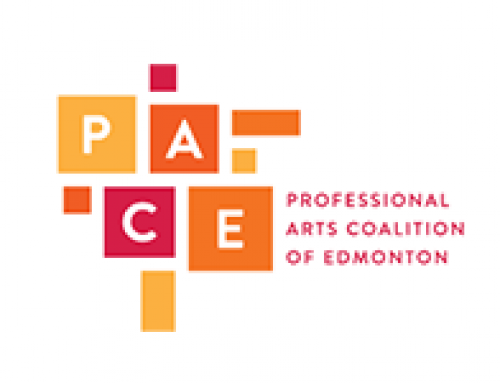An Appreciation of Paddy Lamb’s “Memory of Absence”
Nov14 by John Richardson
Paddy Lamb’s art is about ‘place in time’. Through an evolutionary abstraction, he both recapitulates and continues the natural process of change, of decomposition, of erosion and overgrowth – nature’s insistent and patient agenda of vibrant transformation in contrast to any perishable human desire for an unattainable static perfection.
Humanity builds hard-edged interruptions onto the landscape and, after a time, unsatisfied, abandons its buildings, walls, fences and gates. Nature quietly moves in, indifferent to productivity, statistics, and the relentless pursuit of economic efficiency which leads only to downsizing, to roofless factories, schools and churches in empty villages . Nature slowly dissolves the abandoned marks on the landscape. These half-reclaimed monuments of humanity’s desires are the jumping off point for Lamb’s art.
The artist’s gaze falls on the loneliness, the emptiness of the west of Ireland (and, in other works, of the oddly similar landscape of Canada’s Prairie) and finds the signs, the fading tracks of human occupation constantly being taken back by nature. He grasps these human discards and continues the work, stripping them down to basic monumental forms of light, dark and colour. And yet the finished image always retains a palpable connection to this landscape and the marks of human interruption. As well, each image retains a far more obvious link to the one which preceded it in the development process.
For Lamb the art serves as a record of a potentially endless organic development and evolution. Unlike the mouldering constructs which spur it, his work never assumes perfect completion. Each work is the seed of another and has itself grown from a previous image, whether in paint, charcoal, sketchbook or in the landscape itself. Lamb gives us story boards, frames from a film. The fullest, most satisfying appreciation comes through viewing a series of these developing images, the tracks of the artist’s progress.
A surprising result of this process of gradual and preserved abstraction is that, when examined leisurely, the images of decayed human structures at times become anthropomorphic. There is an allusiveness to both human beauty and human violence. Hooded figures converse with each other in whispers, faces peek from the darkness, the empty landscape is repopulated with shadows, ghosts, sometimes ominous revenants of memory.
And here perhaps is the heart of his work. These pieces are explorations of the memory of a place and of the memory of absence. Lamb now lives and works far from Ireland, far from the sea and its headlands, far from the stone bones of his native land. But in his recent work away from Ireland, through the longing of separation, he returns to his memories of the signs made by others themselves now absent from Ireland. The broken and overgrown structures in the empty Irish landscape are, in fact, the land’s memories of people who have passed. And Lamb’s images are most simply his own memories of passing through that landscape, memories explored very deeply and made visible to us all.
The above was written for the catalogue accompanying Paddy Lamb’s upcoming exhibition, Memory of Absence, which will run from January 24 to February 17, 2013 at the Custom House Gallery in Westport, Co. Mayo, Ireland.
Back in Canada, Mr. Lamb will be doing an artist’s residency at the Gushul Centre in Blairmore, Alberta in May and then in November-December he will be part of an exhibition with Robert Dmytruk and Les Graff at Gallery @ 501 in Sherwood Park, Alberta.
More about Paddy Lamb and his art can be found at paddylamb.ca




